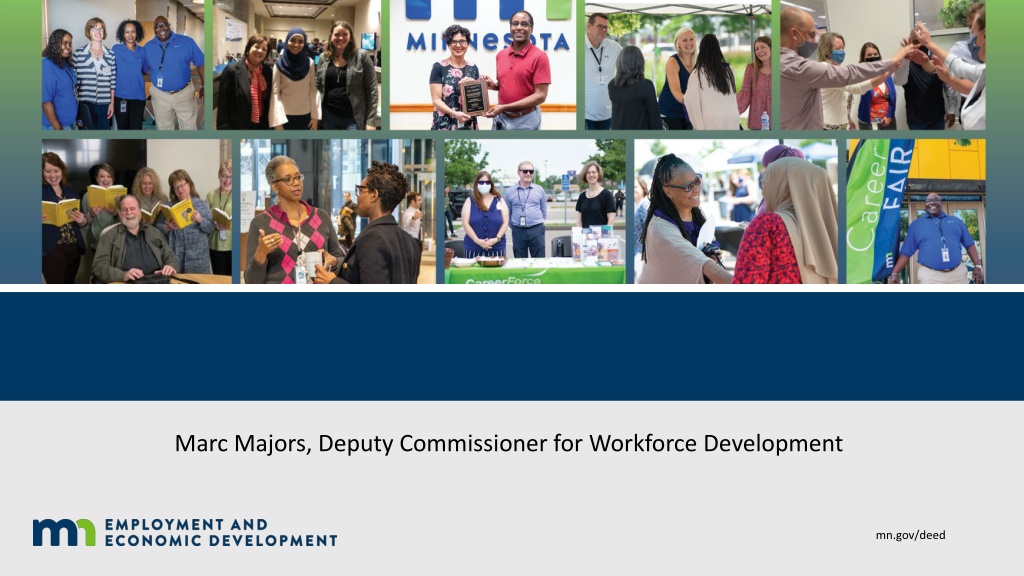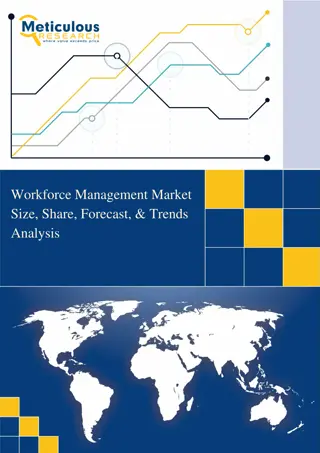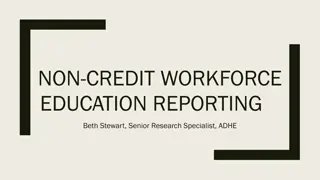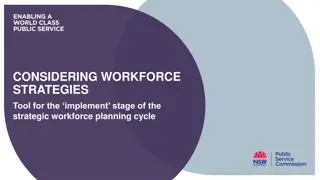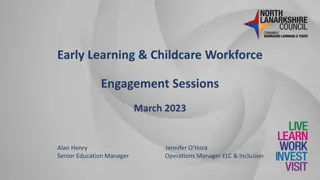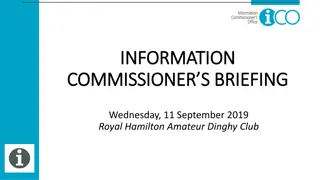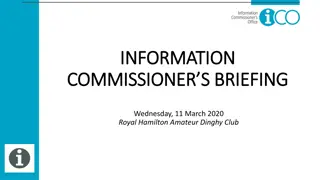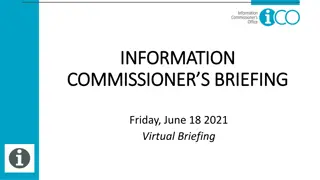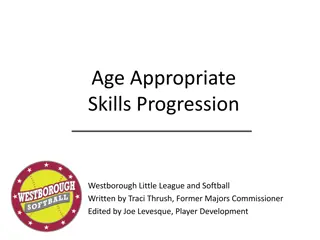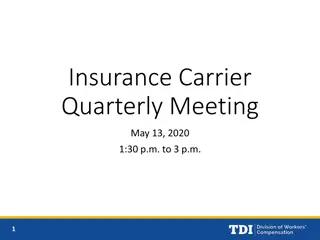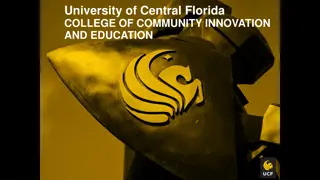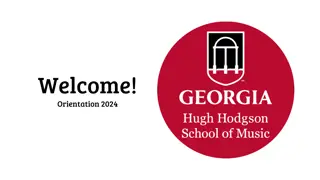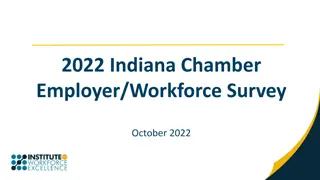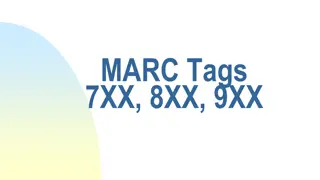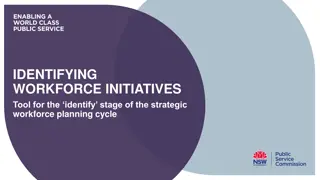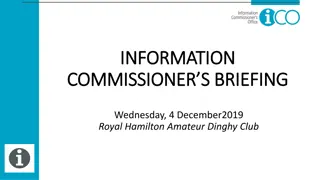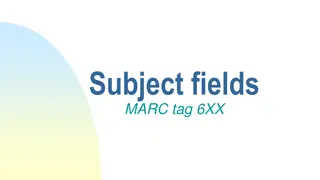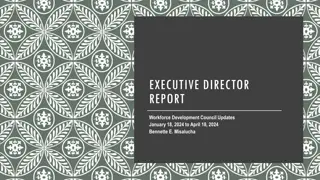Marc Majors, Deputy Commissioner for Workforce Development
Minnesota's recent legislative session saw historic investments in workforce development, including funding for the Drive for 5 Workforce Fund, Targeted Population Workforce Programs, Youth Workforce Development, and Clean Economy Equitable Workforce initiatives. These programs aim to prepare the workforce for high-growth job sectors, address inequities, and support youth employment, ultimately advancing the state's economy and workforce inclusivity.
Download Presentation

Please find below an Image/Link to download the presentation.
The content on the website is provided AS IS for your information and personal use only. It may not be sold, licensed, or shared on other websites without obtaining consent from the author. Download presentation by click this link. If you encounter any issues during the download, it is possible that the publisher has removed the file from their server.
E N D
Presentation Transcript
Marc Majors, Deputy Commissioner for Workforce Development mn.gov/deed
Historic Legislative Session The February Budget Forecast projected a $17.5 billion surplus. The 2023 Legislature passed historic investments in legislative priorities, including passing a $72 billion biennial budget and infrastructure investments of $2.6 billion. For DEED, this amounts to almost $1.8 billion in total investments in FY24-25. mn.gov/deed
Drive for 5 Workforce Fund The Jobs bill provides $20 million in the FY24-25 biennium for the Drive for 5 Workforce Fund to prepare the workforce to enter five of the most critical occupational categories in the state with high-growth jobs and family-sustaining wages: Technology Caring professions Education Manufacturing Trades Competitive grants focused on training + support services with funding for Trade Association sector partnerships to engage business associations in job matching.
Targeted Population Workforce Programs This Jobs bill invests $50 million million in the FY24-25 biennium and $2.550 million in the FY26-27 biennium in employment services and training to bring workers who have been overlooked for employment particularly people of color into the workforce at family-sustaining wages. This is a critical initiative to bring Minnesotans into the workforce, ensure employers have the staff to help their business thrive, and move Minnesota s economy forward.
Youth Workforce Development The Jobs bill doubled the existing funding to put $20 million in the FY24-25 biennium toward youth workforce development which will serve over 38,000 young people. This expands Minnesota s results-driven Youth at Work, Minnesota Youth Program and YouthBuild programs to prepare more Minnesota young people to enter the workforce focused and work-ready.
Clean Economy Equitable Workforce $3 Million in FY24-25 in grants for: Workforce readiness programs Must prepare workers for careers in the high-demand fields of construction, clean energy, and energy efficiency Focused on workers who are Black, Indigenous, and People of Color Grants to nonprofit organizations that serve historically disenfranchised communities with preference for organizations that are new providers of workforce programming or which have partnership agreements with registered apprenticeship programs mn.gov/deed
Additional Grant Opportunities Pathways to Prosperity - Currently Open Women Economic Security Act - Currently Open Southeast Asian Grants - Currently Open Adult and Youth Supportive Services - Adult is currently Open Getting to Work - Currently Open Can-Train - Released in the Fall mn.gov/deed
Office of New Americans The Jobs bill creates the Office of New Americans and funds it at $1.5 million in each biennium. The office will: Support immigrant and refugee integration Reduce barriers to employment, and Improve connections between employers and job seekers. Minnesota s new Americans create robust businesses, offer extraordinary cultural contributions, and play a critical role in meeting labor needs throughout Minnesota. But there are multiple barriers to getting established in Minnesota.
